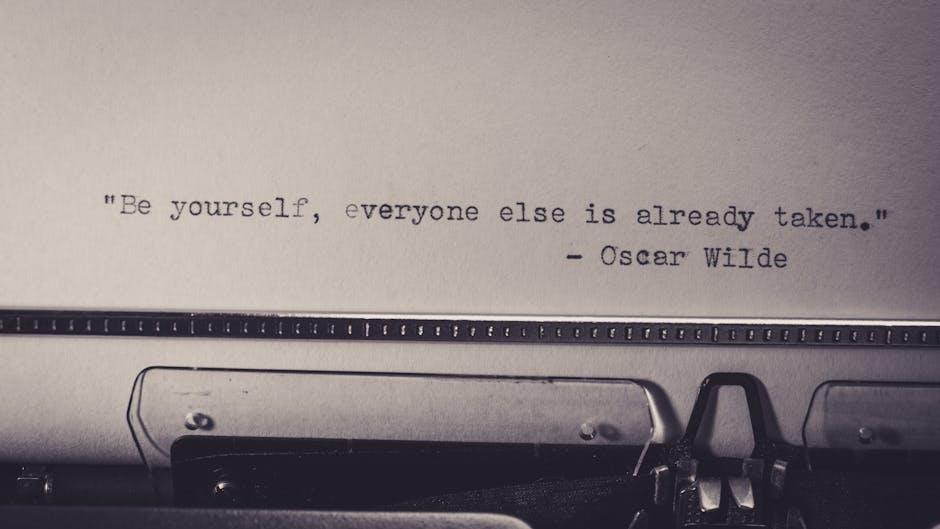In the dim glow of a writer’s desk, where imagination takes flight and words weave worlds, a screenwriter sits poised between two powerful forces: the art of storytelling and the demands of audience expectations. It’s a delicate dance, where creativity meets commerciality, and where the heart of a tale must resonate with the pulse of its viewers. This article delves into the intricate balancing act that screenwriters navigate, exploring the techniques and insights that help them craft narratives that are both compelling and captivating. Join us as we uncover the secrets behind harmonizing originality with anticipation, creating stories that not only entertain but also connect.
Crafting Compelling Narratives While Keeping Audiences Engaged
Creating a narrative that resonates with viewers while simultaneously meeting their expectations is a delicate dance for any screenwriter. To achieve this balance, writers often employ a mix of time-tested techniques and innovative storytelling. Understanding the audience’s desires is crucial, which involves analyzing current trends, cultural shifts, and emotional triggers that captivate viewers. By weaving relatable characters and authentic emotions into the plot, writers can craft stories that feel both fresh and familiar.
- Character Development: Deep, multifaceted characters draw audiences in, creating a personal connection that holds their attention.
- Plot Twists: Thoughtful surprises keep viewers guessing and maintain intrigue without straying from the core narrative.
- Emotional Resonance: Evoking genuine emotions ensures that stories linger in the minds of the audience long after the credits roll.
- Visual Storytelling: Utilizing visual elements effectively can convey complex ideas swiftly, engaging audiences through a dynamic sensory experience.
By harmonizing these elements, screenwriters can create narratives that not only entertain but also leave a lasting impact, all while respecting the delicate balance of storytelling and audience anticipation.

Understanding Audience Psychology to Enhance Story Impact
In the intricate dance of screenwriting, understanding the psychological underpinnings of an audience is crucial to crafting a compelling narrative. Screenwriters must delve into the minds of their viewers, anticipating emotional responses and intellectual engagement. This requires a keen awareness of human nature and the diverse perspectives that different audiences bring to a film. By tapping into shared experiences and emotions, a writer can create a resonant story that speaks to universal truths, while also providing unique insights.
Key strategies to enhance story impact include:
- Empathy Mapping: Identifying and exploring the emotions and motivations of characters to ensure they align with audience expectations.
- Subverting Expectations: Skillfully playing with narrative conventions to surprise and engage the audience, keeping them invested in the story.
- Relatability and Authenticity: Crafting characters and scenarios that reflect real-life complexities, fostering a deeper connection with the audience.
By blending these techniques, screenwriters can navigate the fine line between storytelling and audience anticipation, creating films that not only entertain but also resonate on a profound level.

Navigating the Fine Line Between Originality and Predictability
Striking the perfect balance in screenwriting often feels like walking a tightrope, where a misstep can lead to a script that is either too avant-garde or overly formulaic. Originality is crucial; audiences crave fresh narratives and unexpected twists. Yet, there’s a comfort in predictability, where familiar structures and archetypes help viewers connect with the story. The key lies in crafting a narrative that feels innovative while still echoing the elements audiences love.
- Blend Genres: Combining genres can provide a fresh take while still adhering to familiar tropes. Think of a romantic comedy with a sci-fi twist.
- Character Depth: Create complex characters that evolve in unexpected ways, offering a new perspective within a classic framework.
- Subvert Expectations: Introduce plot twists that surprise but are grounded in the story’s logic, ensuring they feel earned.
- Embrace Themes: Utilize universal themes that resonate emotionally, providing a foundation that feels both fresh and familiar.

Strategies for Harmonizing Creative Vision with Viewer Demands
Balancing the intricate dance between a screenwriter’s creative vision and the ever-evolving demands of the audience requires a keen sense of adaptability and foresight. Screenwriters often navigate this delicate terrain by integrating audience feedback while staying true to their narrative instincts. A few strategies can help achieve this harmony:
- Research and Understand the Audience: Delve into viewer demographics and preferences to tailor the story elements that resonate with them, without compromising the core message.
- Blend Genres Creatively: Crafting narratives that weave multiple genres can capture diverse audience interests, keeping them engaged while allowing for creative freedom.
- Test Screenings and Feedback Loops: Utilize test screenings to gather insights and refine the script. Embrace constructive criticism to enhance storytelling while maintaining artistic integrity.
- Iterative Story Development: Adopt a flexible approach to scriptwriting, where the storyline evolves through continuous iterations based on audience reactions and industry trends.
By employing these strategies, screenwriters can craft compelling narratives that captivate audiences while preserving the essence of their creative vision.

